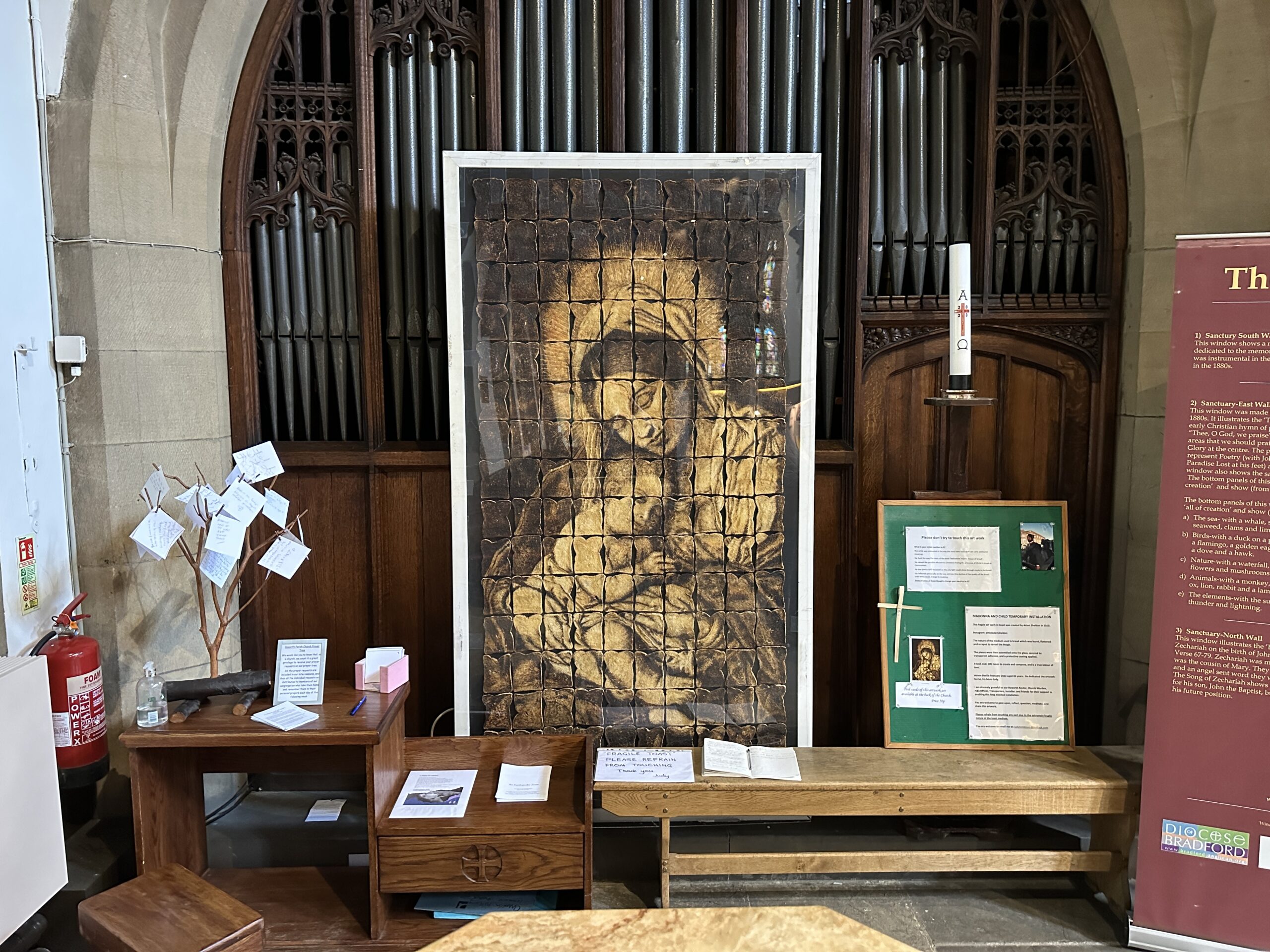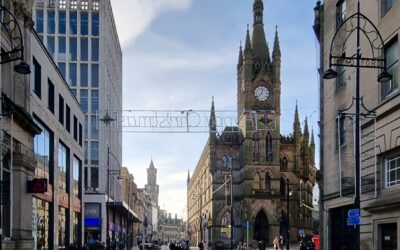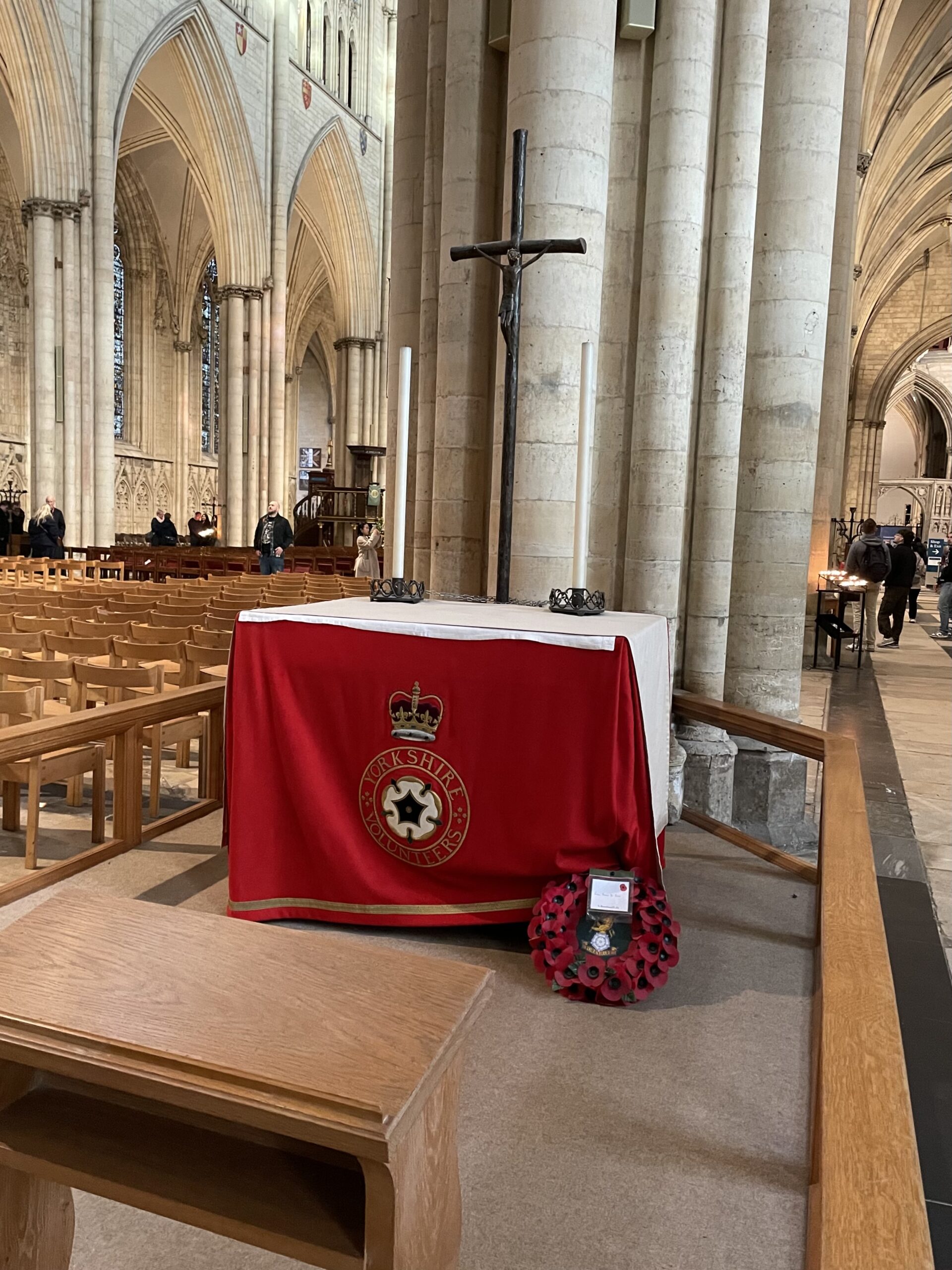Time was when everyone flocked to Bradford for entertainment, including the people of Leeds – however unbelievable to imagine now! After a long hiatus, Bradford is set to regain some of that former glory, thanks to the sterling efforts of Bradfordians and those determined not to let the former New Victoria/Gaumont/Odeon join historic buildings lost to modernisation.
At its opening in 1930 the New Victoria, originally built as a 3,318-seat cine-variety theatre, was the largest cinema outside London and the third largest in England. It was the first in Britain purpose-built for “talkies” and comprised a 450 sq. ft. (42 m2) ballroom and 200-seat restaurant. The auditorium was primarily a cinema, but also a concert and ballet venue with a stage, an orchestra pit with a Wurlitzer organ, and it had excellent acoustics. In 1950 the complex was renamed the Gaumont which then closed in November 1968 for redevelopment, to re-open in August 1969 as the Odeon.
In its heyday, the Gaumont hosted popular music acts, including Buddy Holly, Paul Anka and Count Basie, In 1960 Eddie Cochrane played his first British concert. Helen Shapiro headlined in February 1963 with Danny Williams, Kenny Lynch, and bottom of the bill, The Beatles; in October followed The Everly Brothers, supported by The Rolling Stones, and December saw The Beatles headlining with support from The Barron Knights, Billy J. Kramer and Cilla Black.
Over the years there were more conversions to accommodate a bingo hall as well as a third cinema screen. Subsequent plans did not come to fruition and in 2000 the Bradford Odeon was closed. After several abortive attempts to develop the building and with threats of demolition, public opposition led to the formation of the Bradford Odeon Rescue Group (BORG). Supporters included David Hockney, Richard Attenborough, Jenny Agutter and Imelda Staunton. There was the “Hug the Odeon Campaign” in July 2007 when about 1,000 people encircled the building in a human chain.
In late 2013, the Homes and Communities Agency (HCA) sold the building to Bradford City Council for a nominal £1 on condition that the Council invest £1.32 million in its maintenance and repair. Bids for its development were invited, but retaining as much as possible of its original fabric.
Our collective efforts were rewarded when Bradford Live undertook to restore the original auditorium as a single performance space, increasing the seating capacity from the original 3,318 seats to 3,800. At long last this year sees its re-opening as Bradford Live with two tribute shows, Abba and Bob Marley, booked for November.
Its neighbour, the Alhambra Theatre, seating 1,400 people, is considered the North’s premier touring venue, attracting top shows of every genre since its makeover in 1986, and is host to Yorkshire’s biggest annual panto. In fact, it was the so-called King of Pantomime himself, Bradford theatre impresario Francis Laidler, who had the Alhambra built in 1913, opening on 18th March 1914. His last panto was Red Riding Hood, opening on 27th December 1954 – which had also been his very first.
A firm favourite with performers, from Laurel & Hardy, Les Dawson, George Formby and Anna Pavlova to Barbara Windsor, Sue Pollard and Bradford-born Duncan Preston – and Sooty – to name a few. It has even been immortalised on film as the setting for the 1983 film “The Dresser”, starring Albert Finney and Tom Courtenay.
The growth of Bradford’s woollen industry in the early 19th century required larger leisure facilities.
This led to the building of a music hall completed in 1853, at the behest of the mayor Samuel Smith and partly funded by the wool merchants arrived from Germany. St. George’s Hall was Bradford’s first grand public building and is one of the few concert halls of its kind in Europe.
It is known as the second home of Manchester’s Halle Orchestra formed on 30th January 1858, as it played in Bradford for the first time on 18th March the same year, and has continued to do so. In February 2019 after a 3-year extensive refurbishment, St. George’s Hall re-opened with a gala celebration and orchestral season, featuring the Halle orchestra.
St. George’s Hall has hosted celebrities including Charles Dickens who gave a reading of “A Christmas Carol” in December 1854, Winston Churchill in 1910, Dr. Livingstone and Harry Houdini. The 20th century saw performances by pop, rock and heavy metal bands.
In 1976 Elton John appeared as a surprise guest of Bradford’s Kiki Dee to sing their No. 1 hit single “Don’t go Breakin’ My Heart”.
A stone’s throw from Bradford Live, another magnet for famous bands in the 1960s, are the unique Sunbridge Wells described as the U.K.’s first and only subterranean entertainment venue. Originally a quarry in the 13th century, it was also used as prison cells (one still there), then as an air raid shelter in World War II. Graham Hall, decided to develop the site at a cost of £1,9 million, which opened on 9th December2016, comprising bars, shops and displays of Bradford’s heritage.
When better to see all these gems than 2025 when Bradford is the City of Culture! Find out more here: https://www.bradfordlive.co.uk/about-us/about-bradford-live/
Article contributed by Barbara Morawska https://yorkshiresbestguides.co.uk/project/barbara-morawska/
Image: Copyright Bradford Live 2024





